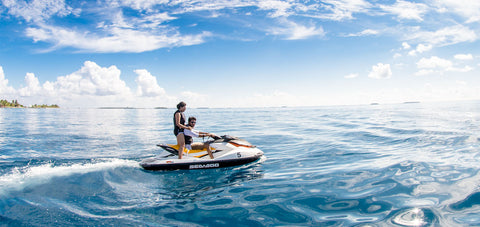5 Tips To Securely Anchoring Your Boat
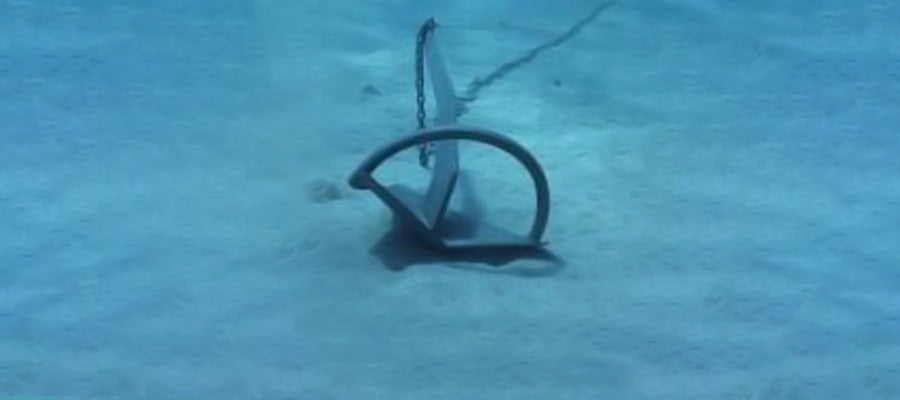
It is a horrible feeling to wake up at 3:00 am after spending the day on the water and finding a perfect anchoring spot, only to realize that the winds have picked up just a little bit and dragged your boat against another nearby boat, or worse, into the middle of a shipping lane, or onto rocks.
Described here are some of the common causes of this problem, and some descriptions of how to avoid them. Equally annoying and embarrassing is anchoring your boat while going to supper or acquiring supplies and finding the boat gone when you return.
Your immediate thought is that it has been stolen and so you call the police. If you are lucky, the boat is found an hour or two later drifting, the anchor still attached, but pulled up from its original location.
Wind Dragged Boat or a Wind Direction Change
This can occur even if you have the right anchor type and size. All it takes is for the anchor to be set not quite perfectly or for the bottom to be poor. Then, a bit of wind will start dragging the anchor. Or, the wind will change direction, causing the anchor to become dislodged. You need to use two anchors set in a V shape at the front of the boat. Then, even if one drags, the other is still tight. If you expect a really bad storm, use three anchors set like a V with an extra line straight out front.
Tight Anchorage
There are degrees of tightness in anchoring. If you have room for the boat to swing around without hitting anything, then you can just use a two anchor V, where the angle between the two anchors is fairly large (between 140 and 180 degrees, closer to 180 for less movement, but requiring larger anchors). This keeps the bow in one place, but allows the stern to swing around, keeping the wind head on (this is usually more comfortable for sleeping.)
However, if there isn't room to turn the boat around, either due to other boats, the shore or underwater objects, then you need to set a V anchor set at the front, and an additional anchor at the back. This keeps the boat stationary, but tends to be less comfortable. An alternative, if the wind is coming from the stern, is to put the V anchors at the stern and a single anchor at the front. Sometimes you can use trees on land as one of the anchors.
Tide Lifted Anchor
Fresh-water boaters can be surprised by tides. If you set an anchor at low tide, giving it a reasonable amount of rode, even setting a second anchor, you can still be surprised to find yourself adrift. What happens is that the boat comes up on the tide (which can be as much as 14' or 4.5 m, but more typically around 3 ft or 1 m).
This adds six times that length to the amount of rode you need, so 18 ft or 6 m more rode. It doesn't actually lift the anchor, just lets the angle decrease enough that the anchor doesn't hold. The trick to setting an anchor in tidal waters is to know how much extra rode high tide is going to need, or just add an extra 20-30 ft.
Another thing you should think about when anchoring at HIGH tide, is whether you will have enough depth at low tide. You don't (generally) want to ground yourself due to anchoring in too shallow water.
Improper Anchor Type or Size
When you purchase an anchor, make sure you get the right type for the bottom conditions where you go boating. Most boating stores can help you decide on the type of anchor, but don't be cheap, buy at least 1 good, heavy anchor for each type of bottom you expect to have to anchor on.
Fishing
If you are fishing, you don't have to use these techniques since you are constantly there watching, but you might choose to in order to fix your position over a good fishing spot. I'm not a fisherman, so I can't say as to whether or not they would be useful.
When learning how to anchor your boat or having to find out the hard way in real life, we hope tips like this help you.
Post provided by Bill Wallace at http://www.boatsafe.com
Published
Recent Posts
Balancing Proven Tradition with Cutting-Edge Performance
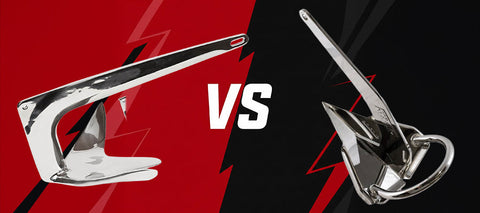
When choosing an anchor, it’s not a question of “traditional vs. modern”, despite our eye-catching article image *wink*, but "what combination of reliability, cost and performance best suits your specific needs?" Here’s a side-by-side look at why time-tested anchors remain indispensable even as shiny new designs continue to enter the market.
Windlass Problems? Common Issues and How to Fix Them
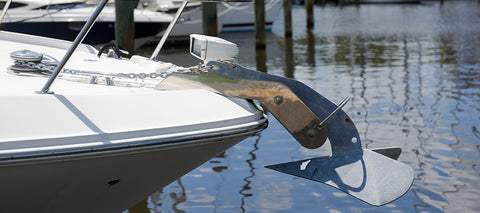
Let's look at common issues with windlasses and how to address them:
1) Windlass Won’t Run in Either Direction
2) Solenoid Clicks, but Windlass Won’t Move
3) Windlass Lacks Power to Haul the Anchor
4) Rode Gets Jammed or Doesn’t Come In
Our history: a 20 year journey
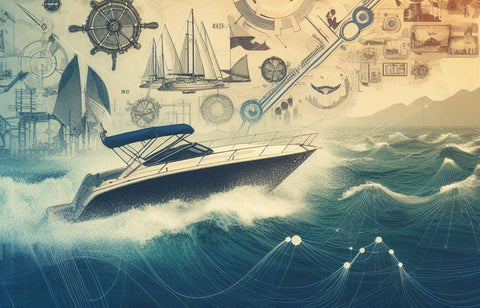
Boat Cleaning Tips for Anglers: Keeping Your Vessel Spotless and Pristine

Avast, Ye Mariners! Master the Art of Docking: A Swashbuckling Guide for Boaters
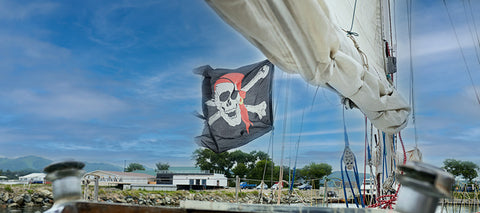
Top Reasons to Keep a Boating Maintenance Log
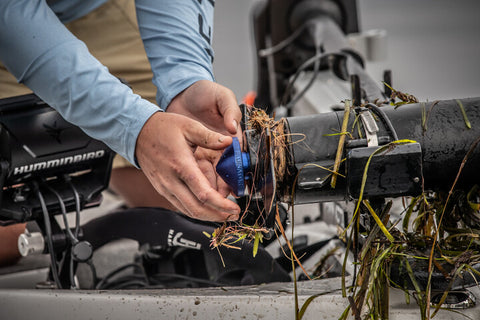
4 Top Tips for Buying a New-to-you Used Boat
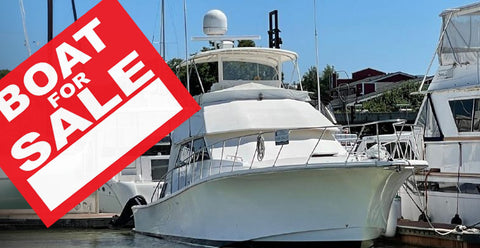
Bent Boat Anchor Shank: Common Causes and Prevention Tips
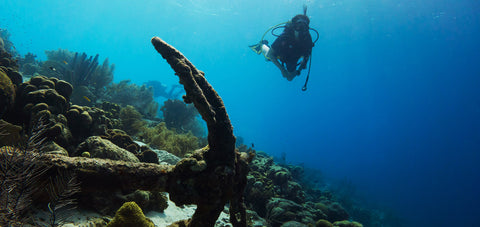
Prepare Your Boat For An Above Average Hurricane Season
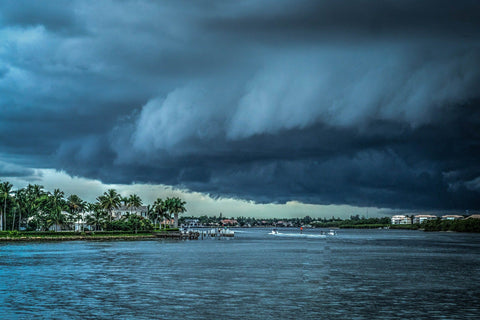
Best Methods For Anchoring Your Jet Ski in Deep or Shallow Water
